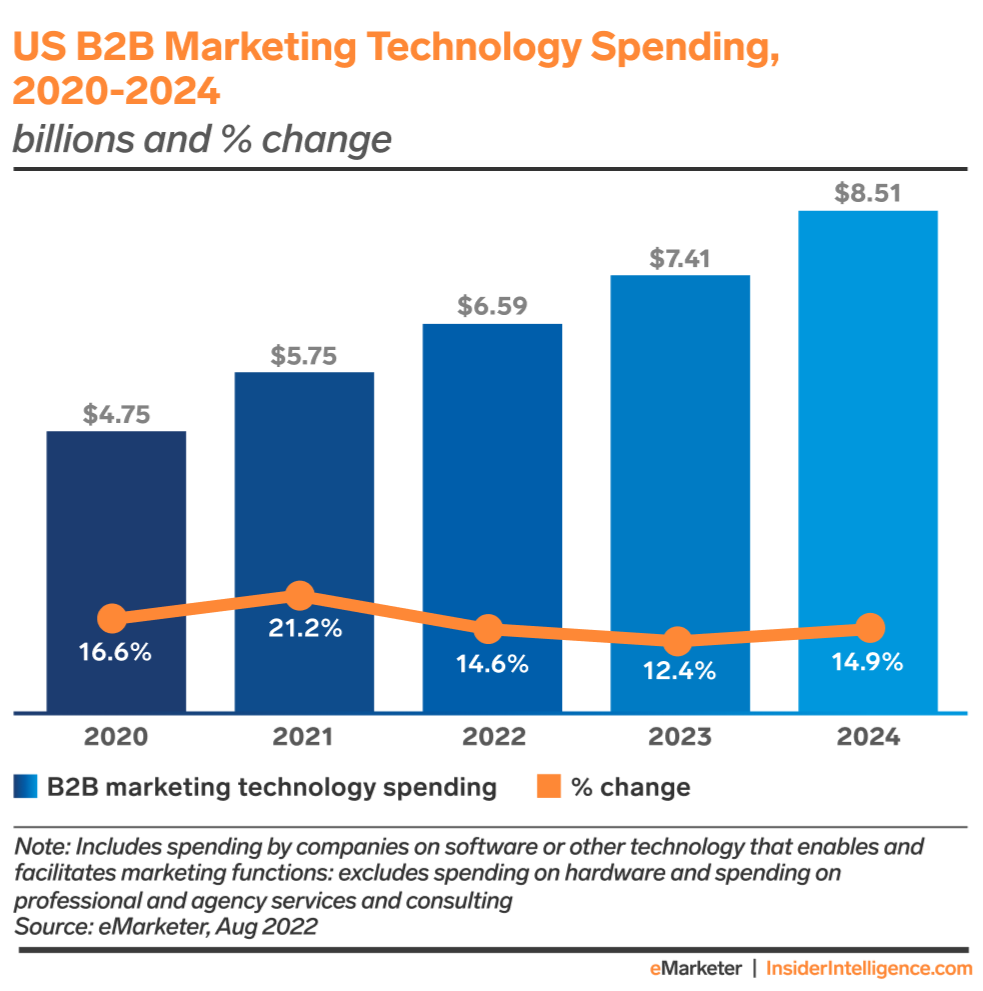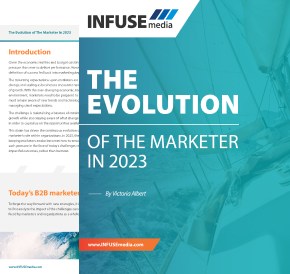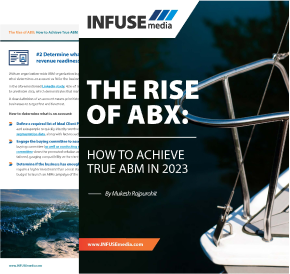The onset of the COVID-19 pandemic caused a myriad of changes for businesses worldwide. Urgent social distancing measures required companies to promptly implement tech solutions and increase their HR spending to enable professionals for remote work, which incurred many unforeseen budget adjustments throughout 2020 and 2021.
As the gravity of the pandemic decreased, businesses were left with a bloated tech stack thanks to this hurried digitization, which now demands companies to reassess their budgets, cut redundant spending, and rethink strategies, especially with many renewals set for the end of 2022.
Furthermore, as buyers look back on purchased services with budget cuts and streamlining departments in mind, this has put greater emphasis on businesses to demonstrate the value of their services as well as how they generate revenue, drive client satisfaction, and boost productivity. It is therefore also crucial that businesses looking to succeed position their brand, products, and solutions as the right fit for adjusting to and driving performance despite adversity, as well as featuring a unique value proposition that resonates with their needs.
Reduced spending has left many businesses stuck with legacy systems that may have served to an end these last couple of years, but that now have become cumbersome with tightened budgets—especially with the threat of recession in 2023. Noticeably, companies such as Meta, Twitter, and Netflix recently laid off thousands of employees. This scenario has led to a decreased average growth rate on such spending, for example, in the marketing technology sector:

























